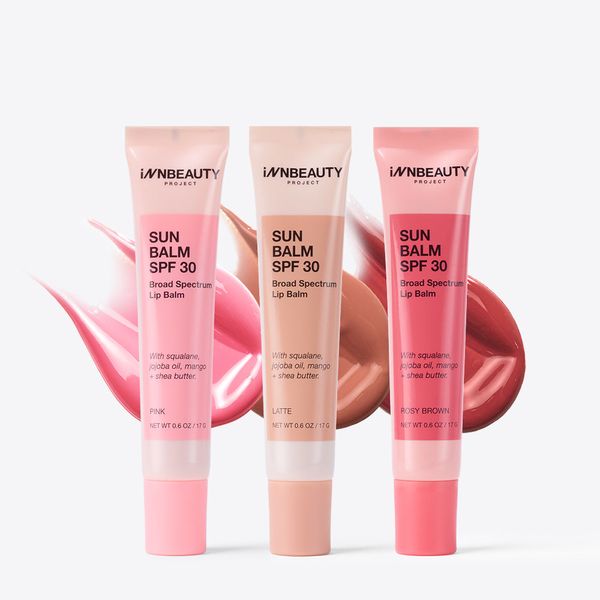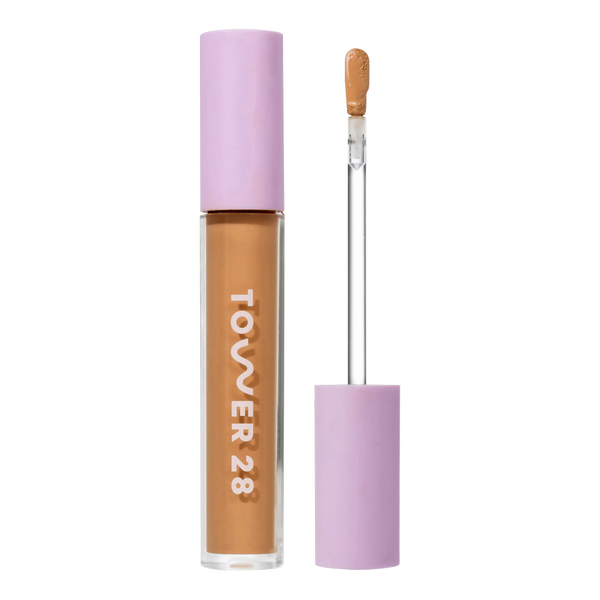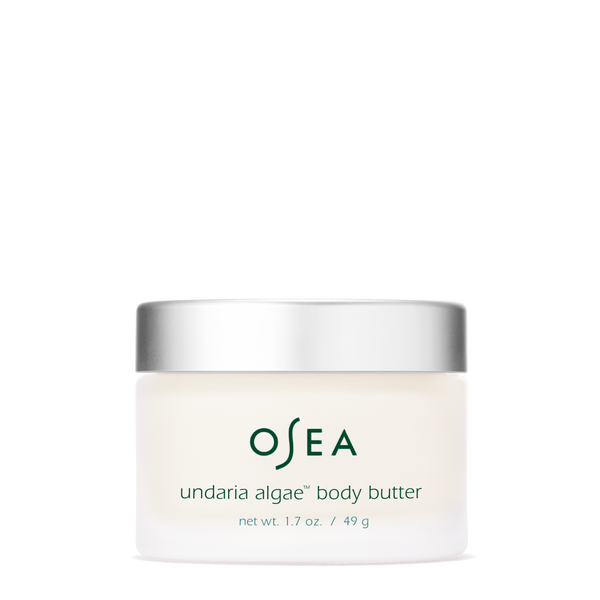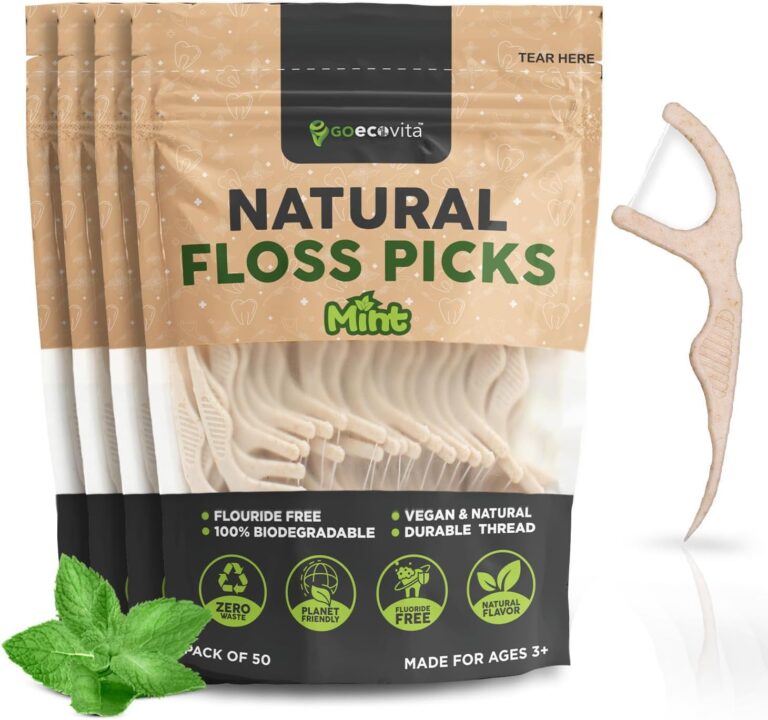WHY HIGH SPF ISN’T ALWAYS BETTER: TOXICITY RISKS EXPLAINED

If you’ve ever stood in front of a sunscreen shelf, chances are you’ve reached for the bottle with the highest SPF number. After all, SPF 100 must be twice as protective as SPF 50, right? Not quite. The truth is, high SPF sunscreens often create more problems than they solve. They may expose your body to unnecessary chemicals, mislead you into thinking you’re invincible under the sun and sometimes even harm the environment.
At thelowtoxicedit.com, we believe in smart sun care, not just stronger chemicals. This means understanding what SPF actually means, why higher isn’t necessarily safer and how to choose low-toxic sunscreens that protect both your skin and your health. In this article, we’ll break down the truth behind SPF numbers, explore the hidden risks of ultra-high SPF sunscreens and show you why SPF 30-50 mineral options like our featured INNBeauty Project Sun Balm SPF 30 strike the perfect balance between protection and low toxicity.
UNDERSTANDING SPF: WHAT THE NUMBER REALLY MEANS
SPF stands for Sun Protection Factor and it measures how well a sunscreen protects against UVB rays, the ones primarily responsible for sunburn.
Here is how the numbers break down:
- SPF 15 blocks about 93% of UVB rays
- SPF 30 blocks about 97%
- SPF 50 blocks about 98%
- SPF 100 blocks about 99%
Notice something? The difference between SPF 30 and SPF 100 isn’t nearly as dramatic as the numbers suggest. SPF 100 isn’t “three times stronger” than SPF 30, it’s just about 2% more effective at blocking UVB rays. That tiny difference often comes at the cost os significantly more chemical ingredients, which means a higher chance of irritation, hormone disruption and environmental harm.
THE DIMINISHING RETURNS OF HIGH SPF
Going beyond SPF 50 doesn’t buy you much extra protection. In fact, dermatologists and health experts typically recommend SPF 30 to 50 as the sweet spot. Why?
- SPF 30 already blocks most UVB rays. The remaining unblocked rays are so minimal that you won’t notice the difference in real-life use.
- Higher SPF sunscreens encourage misuse. Many people apply less product or reapply less often, thinking SPF 100 is a one-and-done shield.
- The tradeoff is chemical exposure. More filters and stabilisers are needed to reach SPF 70-100 and many of these are linked to skin irritation and endocrine disruption.
Instead of chasing higher number, it’s far safer to apply enough sunscreen, reapply regularly and use SPF30-50 products with clean mineral-based ingredients.
THE TOXICITY RISKS OF ULTRA-HIGH SPF SUNSCREENS
So, what’s the real problem with ultra-high SPF sunscreens? Let’s unpack it.
Increased chemical load
SPF 70-100 sunscreens typically rely on multiple chemial UV filters like oxybenzone, octinoxate and homosalate. To stabilise them, manufacturers often add other compounds, creating a cocktail that can overwhelm sensitive skin and potentially interfere with hormones. Several studies have shown that these chemicals enter the bloodstream within hours of application. While more research is needed, the fact that they linger in the body for days raises concerns about long-term effects.
SKIN SENSITIVITIES AND ALLERGIC REACTIONS
High concentration of chemical filters can lead to rashes and redness, burning sensations and contact dermatitis especially in children and sensitive skin types. Mineral sunscreens, on the other hand, use zinc oxide and titanium dioxide which sit on the skin’s surface rather than being absorbed- a far gentler option.
ENVIRONMENTAL HARM
Some of the very chemicals used to achieve ultra-high SPF ratings are toxic to marine life. Oxybenzone and octinoxate for example, contribute to coral bleaching and disrupt aquatic ecosystems. That’s why many eco-friendly destinations, including Hawaii and Palau, have banned certain sunscreen ingredients. If your goal is a low-toxic lifestyle, sticking to reef-safe mineral sunscreens is a no-brainer.
the false sense of security with high spf
Another major issue with ultra-high SPF is the psychological trap it creates. When people see SPF 100, they assume they’re covered all day. They stay longer in the sun, skin reapplication and often apply less than the recommended amount.
But here’s the catch: even SPF 100 needs regular reapplication. Sweat, swimming and simple friction from clothing all reduce its effectiveness. Without reapplying, your skin is left unprotected-no matter how high the number on the bottle is.
spf and uva protection – the hidden problem
Here’s something sunscreen labels don’t always make clear: SPF only measures UVB protection (the rays that burn). It says nothing about UVA rays, which penetrate deeper into the skin, causing premature aging, wrinkles and long-term damage. Many ultra-high SPF sunscreens focus so heavily on UVB filters that they skimp on UVA coverage.
The result? A false sense of safety while UVA damage continues silently. The better option is a broad-spectrum mineral sunscreen with balanced protection against both UVA and UVB rays exactly what SPF 30-50 mineral sunscreens deliver.
THE SAFER SMARTER ALTERNATIVE: BALANCED SPF 30-50
Instead of chasing SPF 100, the smarter approach is to stick with SPF 30-50 broad-spectrum sunscreens especially when they’re low-toxic and mineral-based.
Why SPF 30 is Enough for Daily Use
- Protects against 97% of UVB rays
- Safe for everyday wear- even indoors since UVA can pass through windows
- Requires fewer chemicals filters, making it a lower-toxicity option
When SPF 50 Makes Sense
- During extended outdoor activities (beach days, hiking, sports)
- Still low enough in concentration that clean, mineral options exist
- Offers a little extra cushion without a huge jump in chemical exposure
HOW TO CHOOSE A LOW-TOXIC SUNSCREEN THAT WORKS
When shopping for sunscreen, here is your quick low-toxic checklist:
- Active ingredients: Look for zinc oxide or titanium dioxide
Formulation: Choose non-nano minerals for safer coverage - Avoid: Oxybenzone, octinoxate, homosalate, parabens, synthetic fragrance
- Labels to Trust: “Broad spectrum”, “reef safe”, “ECOCERT”, dermatologist tested”
- Texture: Pick a formula you’ll actually wear daily-lotion, balm or stick.
how to use sunscreen correctly for maximum protection
No matter which SPF you choose, the application method matters more than the number.
- Apply generously, that is about one teaspoon for your face and neck
- Reapply every 2 hours and more often if swimming or sweating
- Layer smartly. Apply sunscreen as the last step in skincare before makeup
- Don’t skip cloudy days. UV rays still penetrate clouds
- Pair with other protection. Hats, sunglasses and shade are your best friends
sunscreen myths you should stop believing
❌ “SPF 100 is double the protection of SPF 50” False. The difference is just 1-2%.
❌ “Dark skin doesn’t need sunscreen.” All skin tones can suffer UV damage and hyperpigmentation.
❌ “You only need sunscreen in summer.” UVA rays are constant year-round.
❌ “Mineral sunscreens don’t work as well.” When applied correctly they are just as protective as chemical sunscreens.
expert recommendations: what dermatologists say
Most dermatologists agree: SPF 30-50, broad spectrum, applied generously and reapplied often is the gold standard. High SPF numbers may sound reassuring but they encourage risky behaviour and increase exposure to unnecessary chemicals. Instead of chasing SPF 100, focus on consistent, correct use of SPF 30-50 low-toxic sunscreens.
conclusion: the smarter way to protect your skin
High SPF does not always mean high protection. In fact, it often means more chemicals, more risk and more false confidence. The safer and smarter choice is to stick with SPF 30-50 mineral sunscreens that balance protection with low toxicity. They protect against UV damage, respect your skin and safeguard the planet.
At thelowtoxicedit.com, our mission is to help you cut through the noise and make healthier, smarter product choices. That’s why we recommend clean, low-toxic sunscreens like the INNBeauty Project Sun Balm SPF 30 – effective, safe and eco-friendly.
Your skin deserves protection that does not compromise your health.
faqS
- Is SPF 100 dangerous?
Not inherently, but it usually contains a higher chemical load which increases risks of irritation, hormone disruption and environmental harm. - What’s the healthiest SPF to use daily?
SPF 30-50 mineral sunscreens are considered the safest most effective daily options. - Can mineral sunscreens really protect enough?
Yes! Zinc oxide and titanium dioxide block both UVA and UVB rays when used in sufficient amounts - Is SPF 30 enough for dark skin?
Absolutely. UV damage affects all skin tones. SPF 30 blocks 97% of UVB rays, making it more than enough with proper reapplication. - Do babies and kids need low-toxic sunscreens too?
Yes. Children’s skin is more sensitive, so mineral sunscreens (SPF 30-50) are the safest choice.





